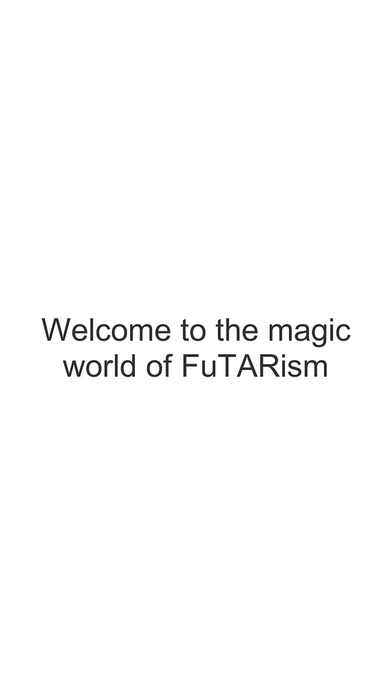
A provocation and a proposition, FutARism hints at our future while it reckons with our present. This project is one of the earliest Augmented Reality (AR) artist mobile applications that was initially developed in 2010 through Junaio, a public platform of Metaio, the seminal AR company that was later acquired by Apple. FutARism seeks to explore the experiential, conceptual and legal shifts suggested by the advent of AR within the modalities of contemporary art, its practice and reception.
AR creates a peculiar kind of mischief making. It alters spatial understanding and relational fields while leaving the physical space untouched, presupposing a change in the choreography of the social. One will no longer be able to rely solely on first-hand sensory data to make sense of any given space. Rather, the knowledge of the co-existence of (potentially contextually contradictory) AR content must be accounted for in our quotidian phenomenology. In turn, AR confounds current definitions of physical property ownership, rupturing the relationship between the ownership of a space and the agency of its alteration, providing a platform for a new type of graffiti making as it defies our notions of sabotage, trespassing and vandalism.
My interest in AR as artistic practice stems from a larger fascination with the demarcation (and transgression) of authority. While museums are using this new technology for explanatory and programming purposes, such as the Louvre-DNP Museum Lab, they have yet to embrace it as art form, akin to the slow institutional acceptance of photography. I want to question the status of AR as a didactic tool as opposed to creative medium and problematize curatorial prerogative by bringing AR-as-art to the museum, exploiting museological fissures via the spatial possibilities AR creates. Like significant artworks in any medium, FutARism pursues transformational encounters and alterations of paradigms of visual reality.
By opening up the application to interested artists, this project not only seeks to question the dictates of institutional authority, but also intends to launch an international movement. This initiative eschews nostalgia for the great era of art manifestos. Though longing for inclusivity and participation, the movement is reflexive and facetious. Using the subversive joy of the Futurists and the semiological humor of Rene Magritte’s The Treachery of Images (1928-29) as touchstones, FutARism approaches the weight of the changes AR technology presupposes with a sense of self-aware hope.



